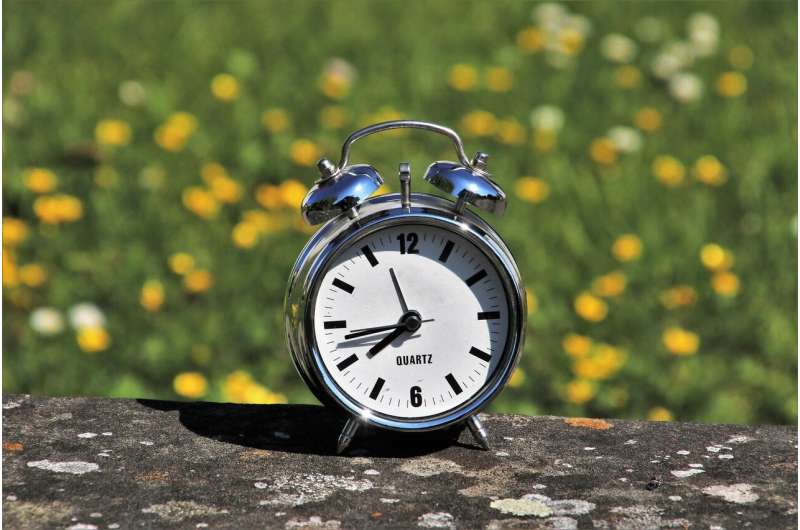Innovative Soft Brainstem Implant Enhances High-Resolution Hearing

Recent advancements in neurotechnology have led to the development of a pioneering soft auditory brainstem implant (ABI) designed to improve hearing quality for individuals with severe cochlear nerve damage. Traditional ABIs are rigid devices that do not perfectly conform to the brain tissue, often causing unwanted side effects such as dizziness or facial twitching, which limit their effectiveness. In contrast, researchers at EPFL's Laboratory for Soft Bioelectronic Interfaces have created a flexible, thin-film device embedded with micrometer-scale platinum electrodes within a silicone substrate. This ultra-thin, pliable array, less than half a millimeter thick, molds gently around the brainstem tissue, providing superior contact and reducing undesired nerve stimulation.
This innovative design, detailed in a study published in Nature Biomedical Engineering, demonstrates improved nerve interface and diminished side effects in animal models. Stéphanie P. Lacour, head of the laboratory, emphasized that a soft, conformable implant marks a significant step toward restoring high-fidelity hearing for patients who cannot benefit from cochlear implants. Extensive tests involved behavioral experiments with macaques, wherein the animals learned to discriminate auditory stimuli—either natural tones or electrical stimulation patterns approximating sounds. Remarkably, the macaques responded to electrical signals from the soft ABI nearly as accurately as they did to real acoustic sounds, indicating successful prosthetic hearing perception.
The soft array's flexibility not only ensures better tissue contact but also allows customization for different anatomies. The ultra-thin device can be reconfigured with various electrode layouts, potentially enhancing frequency-specific tuning and hearing resolution in future iterations. Importantly, the study reported no adverse effects or discomfort in test animals, highlighting the device’s safety and biocompatibility.
While further research and regulatory approval are necessary before clinical application, the team suggests initial testing could occur intraoperatively during human ABI surgeries to evaluate the device’s effectiveness in reducing unwanted nerve activation. The device’s stability over months without electrode migration underscores its potential for long-term use. Overall, this development signifies a promising leap toward more natural and precise hearing restoration options for patients with profound nerve impairments.
Stay Updated with Mia's Feed
Get the latest health & wellness insights delivered straight to your inbox.
Related Articles
Research Finds No Increase in Heart Attacks During Daylight Savings Time Changes
A large-scale study finds no evidence linking daylight savings time changes to an increased risk of heart attacks or worse in-hospital outcomes, dispelling concerns about cardiovascular risks associated with clock shifts.
S100A1 as a New Biomarker for Assessing Frailty in Elderly Patients with Heart Disease
New research identifies the gene S100A1 as a potential biomarker for frailty in older patients with heart disease, paving the way for improved diagnosis and targeted therapies to maintain muscle health and mobility.
More Americans Now Meet the Criteria for High Blood Pressure Under New Guidelines
Recent updates to blood pressure guidelines have expanded the number of Americans classified as hypertensive, emphasizing lifestyle changes, personalized risk assessment, and early intervention to prevent cardiovascular disease.



